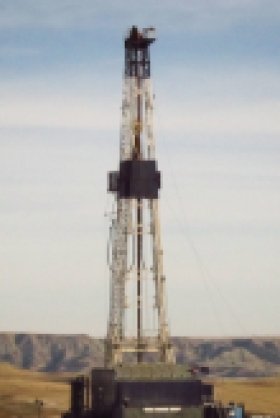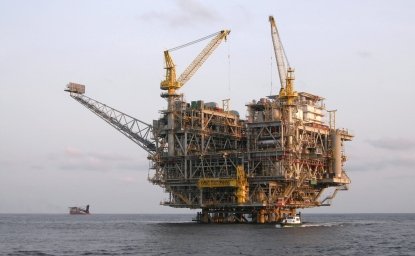Choke Point: U.S.: Water, Energy and the Ohio River Valley's New Course



Three years ago Circle of Blue joined with the Woodrow Wilson International Center for Scholars to study the tightening contest between rising demand for energy and food, the two largest consumers of fresh water, in a climate-altered world that is getting hotter and dryer.
Our collaboration produced the Global Choke Point project, an evolving series of comprehensive frontline reports – from the United States, China, Australia, India, Qatar, and Mexico – on the fierce and complex competition for energy, food, and water that grips nations on six continents.
Our work has led to an inescapable conclusion: As a measure of imminent global risk, and the potential for era-altering diplomatic and scientific breakthroughs, none of the big narratives of the 21st century affect more people and should compel more governments to action than securing the world’s energy and food supplies in an era of planetary drying. The world’s 7 billion citizens have reached a surpassing economic and resource choke point, a global reckoning about environmental constraints and unbridled development.
This paper updates the findings of our 2010 Choke Point: U.S. report, which identified the Southwest, Great Plains, and Southeast as the regions at greatest risk of shortages of energy and water. Choke Point: U.S. also reported that access to adequate supplies of water and wastewater treatment was the primary impediments to the shale oil and shale gas production boom overtaking the country.
A special focus of this paper is to explore energy production and water supply in Ohio and its neighboring Ohio River Valley states. The development of natural gas and natural gas liquids from deep shale is reshaping long-standing trends in the region’s energy mix, water consumption and treatment patterns, greenhouse gas emissions, and economy. Moreover, global trends in energy and food supply and water use, especially in China and the Persian Gulf, are dramatically influencing natural gas and oil development, coal consumption, food production, water use, and the economy along the Ohio River Valley.
The six-state region is now a useful laboratory to understand how the convergence of new domestic energy technology, and overseas water, energy and food production patterns form an interlocking web of market signals that affect U.S. state economies and environmental conditions.
Please see attached file for the full report.
Please view the below slideshow in full screen and click 'show info' at the upper right corner for captions.

China’s global footprint isn’t just an economic one, it’s an environmental one. From BRI investments in Africa and Asia to its growing presence in Latin America, understanding China’s motivations, who stands to gain - and who stands to lose - is critical to informing smart US foreign policy. Read more



